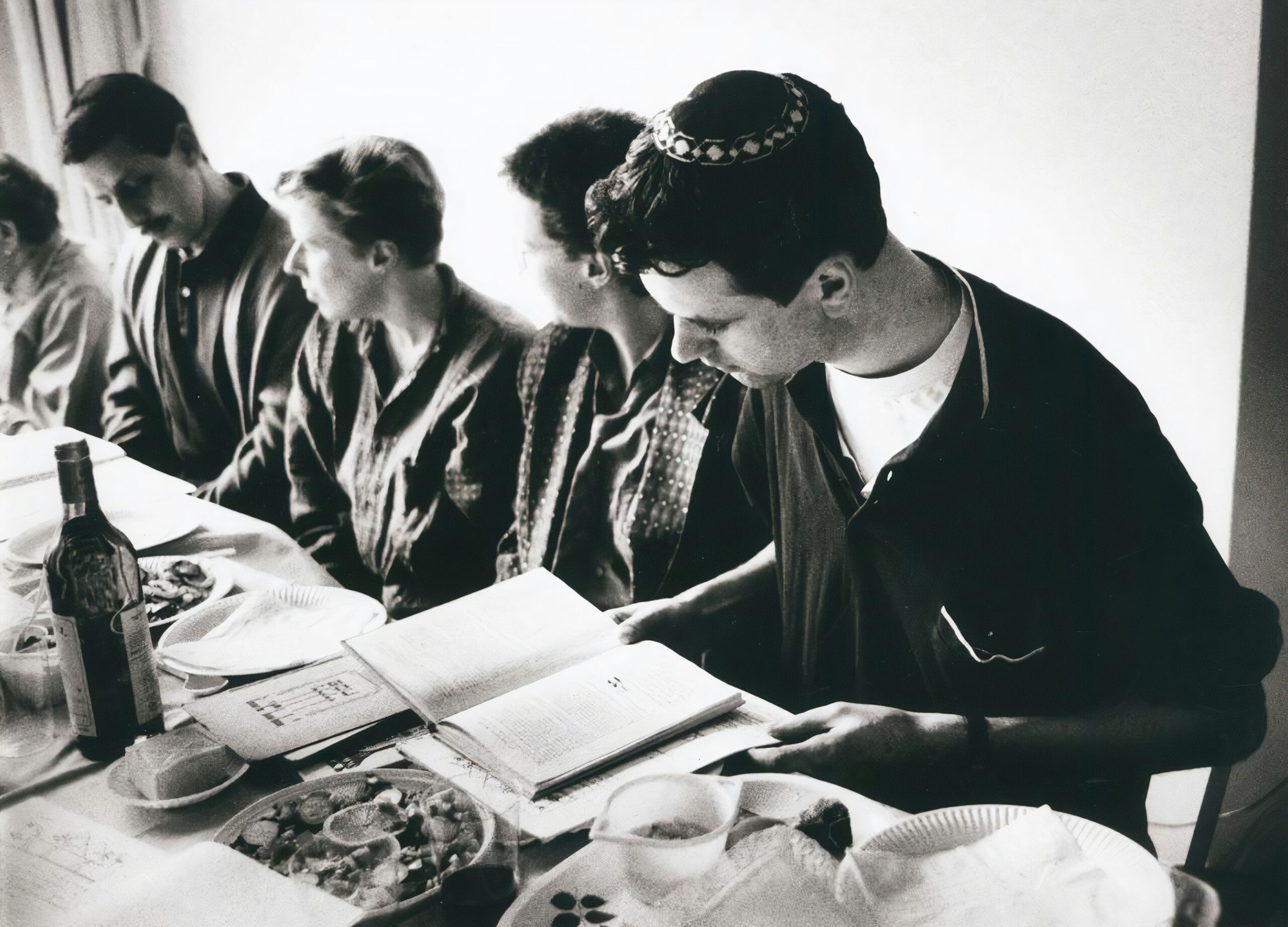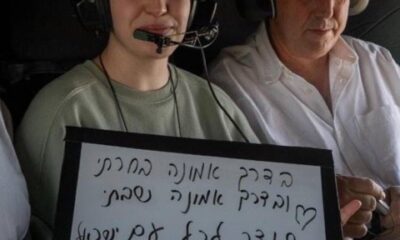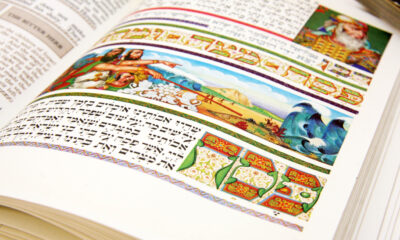
Religion

Why chaos is part of the seder
We emerged just a few weeks ago from the chaos of Purim. Purim is the quintessential holiday of chaos. As Rabbi Tzadok Hakohen of Lublin explains, unlike all other holidays on the Jewish calendar, Purim is picked randomly by a goral (a lottery) (Resisei Layla, 18).
And how chaotic and disordered our lives have been since just before Purim and over the past 18 months! And, now, as Pesach comes, I’m seeking some order.
Pesach is the quintessential holiday of order. Seder means order, and the meal is a compilation of rituals that have precise measurements, timing, and ways in which we perform them. Even the structure of the seder is ordered – there are four sections, each made up of a question, story, thanks, and praise. From kiddush, right down to Chad Gadya, the story of seeing that G-d is the ultimate source in a seemingly chaotic world, there’s order.
And yet, with all the attempted order, if your seder is anything like ours has been in past years, you know how disordered it can be. Little kids may be running around; someone inevitably spills wine or grape juice everywhere; someone falls asleep before the end; and in my house, little toy frogs get launched around the table at random moments.
And, in fact, many of the rituals, on deeper inspection, don’t fit the framework of “order”. One of these disordered moments is the often overlooked ritual of yachatz, that moment when we break the middle matzah, half to be eaten after making motzi-matzah, and half to become the afikomen. The truth is, breaking the matzah at that moment makes no sense. The entire section related to matzah comes after the Maggid section – shouldn’t we break the matzah right before we wash and eat? In fact, this was the minhag of many, including even Rambam.
So, why break matzah early on in the seder? There are many answers to this question. But for me, the point is that as soon as we settle into the seder, we interrupt the logical order and introduce brokenness and chaos. It seems that the authors of the haggadah knew all too well what we have come to inherently understand this year. Chaos is inevitable.
And so the task ahead is to embrace both ethics: striving for seder, finding order when possible and equally leaning into the chaos, represented by the brokenness of yachatz. In the midst of ordered, organised rituals, we must recognise that there is much loss in the world and give space to acknowledge that brokenness. We must also embrace the unknown, that which we cannot control. We cannot control world trauma and tragedy or how others choose to react to this new reality.
And I work on accepting this, allowing disorder to wash over me, all the while seeking ways that I can bring order into our lives. How we can control finding small ways to bring joy to our Pesach celebration. How we can practice radical empathy for those in need, and be kind to ourselves.
One final thought. The Gemara in Pesachim (115b) explains that yachatz is associated with lechem oni (poor man’s bread). We break the matzah right before we recite: “Ha lachma anya (This is the poor man’s bread.” The Gemara says, “Ma darko shel ani beprusa. (Just as a poor person eats a broken piece of a loaf, so too matzah must be eaten as a broken piece.)”
Our world is broken. Many of us are broken. This year, may we have the humility to scoop up the crumbs, and pray that we are able to withstand the disorder and chaos. And, at the same time, may we seek ways to find order, joy, and empathy in the days ahead.
Chag kasher v’sameach!
- Rabba Sara Hurwitz is the founder and president of Yeshivat Maharat in New York, which educates Orthodox women in Torah and spiritual leadership.










